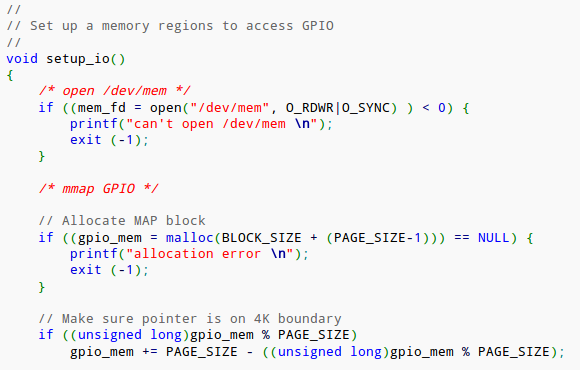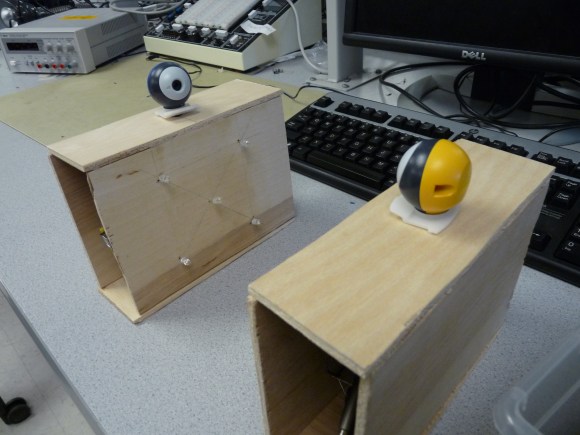
What does a hacker do when going into battle for the freedom of their country? He builds a tank from scratch, of course. It’s a little bit of a stretch calling it a tank as it lacks treads. But it’s got a high-caliber gun mounted on top and has been heavily armored.
There is room enough inside for two people. What may look low tech in this picture is a different story from the cockpit. A pair of LCD monitors display images from five different cameras. You can see the shrouds that protect three of them on the front of the vehicle with a fourth acting as the rear view. A fifth camera mounted on the gun gives the passenger a look at where he’s aiming. A PS1 controller can rotate it and we assume has a fire feature as well. Check out the demonstration video embedded after the break.

















